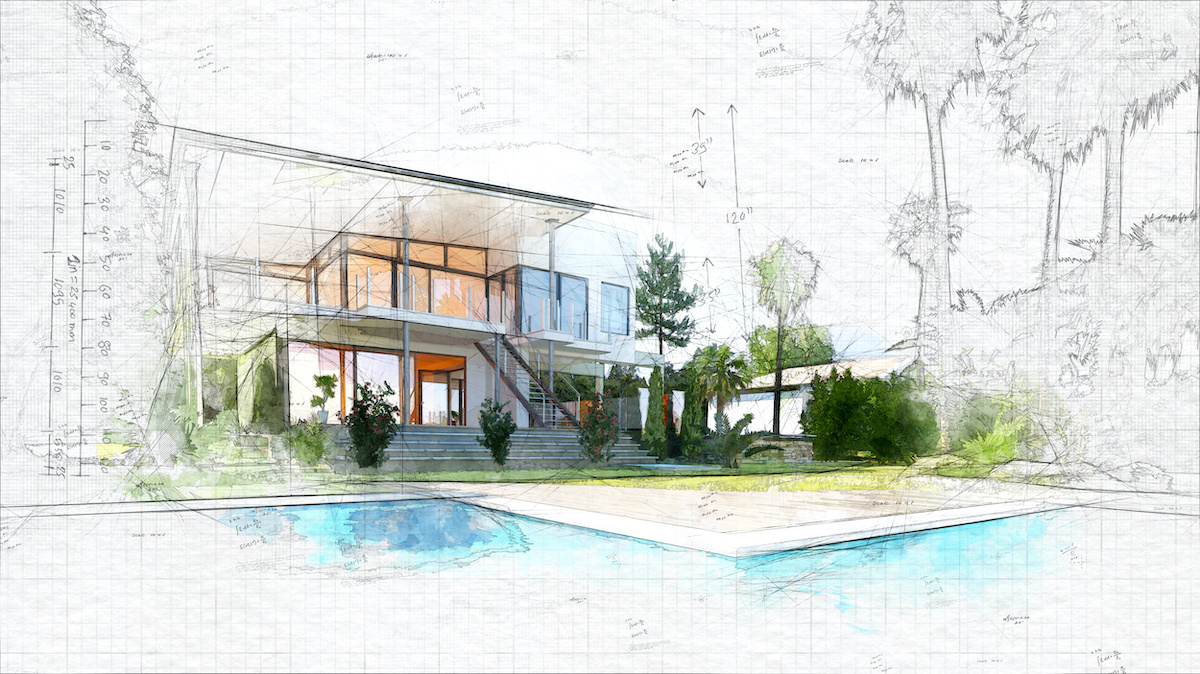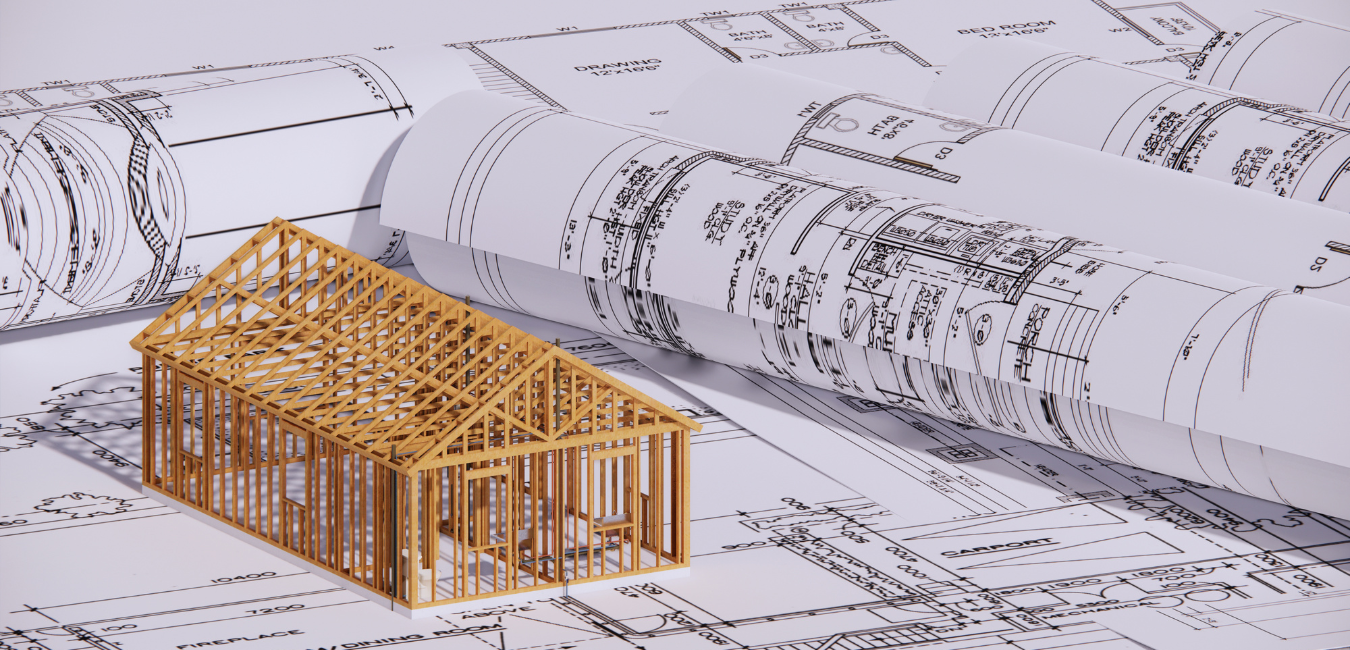Top Factors to Select CDA Architects for Your Residential or Commercial Designs
Top Factors to Select CDA Architects for Your Residential or Commercial Designs
Blog Article
A Thorough Review of Building Designs and Their Impact on Modern City Planning and Development
Architectural styles have actually long acted as a mirror to the social values and technical innovations of their time, playing an essential role fit modern city preparation and development. From the majesty of Neoclassicism to the practical technique of Brutalism, each style has actually presented unique principles that affect metropolitan looks and functionality. As modern challenges emerge, consisting of sustainability and neighborhood demands, understanding these historical structures ends up being important. The resulting discussion not only educates future style techniques however additionally raises essential concerns regarding the equilibrium between heritage and development in our progressing metropolitan landscapes.

Historic Introduction of Architectural Styles
Throughout history, building styles have developed in action to cultural, technical, and ecological elements. Each duration shows the prevailing values, ideas, and developments of its time, causing an abundant tapestry of layout that symbolizes human creative thinking and adaptation. The old people, such as the Egyptians and Greeks, developed foundational designs that stressed balance and percentage, serving both useful and visual objectives.
As societies transitioned via the Center Ages, Gothic style arised, identified by its verticality and complex detailing, mirroring the spiritual goals of the era. The Renaissance marked a resurgence of timeless perfects, combining art and style in cutting-edge manner ins which influenced succeeding styles across Europe.
The Industrial Change introduced brand-new products and construction methods, triggering movements like Innovation, which challenged conventional kinds and embraced simplicity and capability. The 20th century saw a diversification of designs, with Postmodernism reacting versus the raw minimalism of its predecessor, integrating historic referrals and eclectic components.
Today, architectural designs continue to evolve, driven by globalization and sustainability concerns, reflecting a vibrant interaction between heritage and innovation (cda architects). This historical overview highlights the relevance of design as a mirror of social advancement and as a catalyst for metropolitan development
Secret Architectural Styles Explained
The variety of architectural styles shows the myriad influences that shape our developed environment, each personifying distinctive attributes and social importances. Secret architectural designs consist of Classic, Gothic, Baroque, Innovation, and Postmodernism, each standing for distinct historical contexts and aesthetic ideologies.
Timeless style, rooted in old Greece and Rome, stresses balance, percentage, and making use of columns. On the other hand, Gothic design, prospering between Ages, is identified by pointed arches, ribbed safes, and flying buttresses, producing a spiritual top quality in sanctuaries. Baroque style, arising in the 17th century, is marked by majesty, fancy decoration, and a vibrant interplay of light and shadow.
Innovation, which got momentum in the early 20th century, focuses on function over kind, using new materials like steel and glass to create minimalist frameworks. Postmodernism, responding versus the austerity of Innovation, accepts eclecticism and historical reference, commonly including playful components and irony.
Understanding these designs gives insight right into the social stories and technological innovations of their respective ages, highlighting exactly how design offers not equally as a sanctuary, but as a representation of social worths and aspirations.
Influence on Urban Preparation
In shaping the growth of cities, building styles dramatically influence urban planning choices. The choice of building style usually dictates the appearances, performance, and overall personality of metropolitan atmospheres.
Additionally, architectural styles can impact zoning guidelines and land make use of plans. Urban organizers need to think about the dominating building patterns when Click This Link creating areas, making certain that new growths harmonize with existing structures. This consideration promotes natural city landscapes and boosts area identification.
The execution of specific building styles can additionally affect socioeconomic elements within a city. Premium contemporary styles might attract wealthy residents and services, leading to gentrification, while extra inexpensive housing solutions could prioritize useful and lasting layouts to suit varied populaces. Inevitably, the interplay in between architectural styles and urban preparation produces dynamic cities that mirror both historical context and modern demands, shaping the lived experiences of their citizens.
Sustainability and Modern Design

Contemporary building movements, such as biophilic style and environment-friendly design, supporter for structures that harmonize with their environments, using all-natural materials and promoting biodiversity. These styles often include eco-friendly power sources, such as solar panels and wind generators, to reduce reliance on nonrenewable fuel sources and lower carbon impacts.
Additionally, the integration of innovative modern technologies, such as wise building systems, improves power discover this info here management, optimizing resource usage while making sure occupant comfort. Ingenious water administration methods, consisting of rain harvesting and greywater recycling, additional add to sustainable city atmospheres.
Notably, sustainability expands beyond ecological problems; it encompasses social and economic measurements as well. By promoting area well-being and promoting inclusivity, contemporary architectural styles align with lasting development goals. The development of architectural techniques continues to form resistant cities that not just fulfill the demands of the existing however likewise guard the future for generations to come.
Neighborhood Engagement in Design
Area involvement in layout works as a vital bridge in between engineers and the populaces they offer, ensuring that the constructed setting reflects the needs and ambitions of its users. This collaborative procedure welcomes neighborhood participants to add their insights and choices, cultivating a feeling of possession and obligation towards the spaces they occupy.
Effective area engagement employs numerous approaches, such as workshops, surveys, and public forums, to collect diverse viewpoints. These methods promote a two-way dialogue, permitting engineers to understand neighborhood contexts while empowering citizens to articulate their problems and desires. This inclusivity not just improves the style top quality yet also promotes social equity by resolving the distinct obstacles dealt with by marginalized groups.
Additionally, area interaction can cause innovative services that may not emerge in a conventional style procedure. By incorporating regional understanding and social values, architects can create rooms that reverberate more deeply with users, enhancing functionality and sustainability. Ultimately, prioritizing area engagement in layout processes results in atmospheres that support social communications, support health, and strengthen neighborhood ties, consequently playing a critical role in forming modern-day city landscapes.
Conclusion
Building designs have exceptionally article source affected modern-day city preparation and growth, reflecting developing cultural and technical contexts. As cities proceed to grow and adapt, the continuous discussion between architectural heritage and modern layout concepts will certainly stay important in producing comprehensive, lively rooms that improve top quality of life and advertise social equity.
Report this page